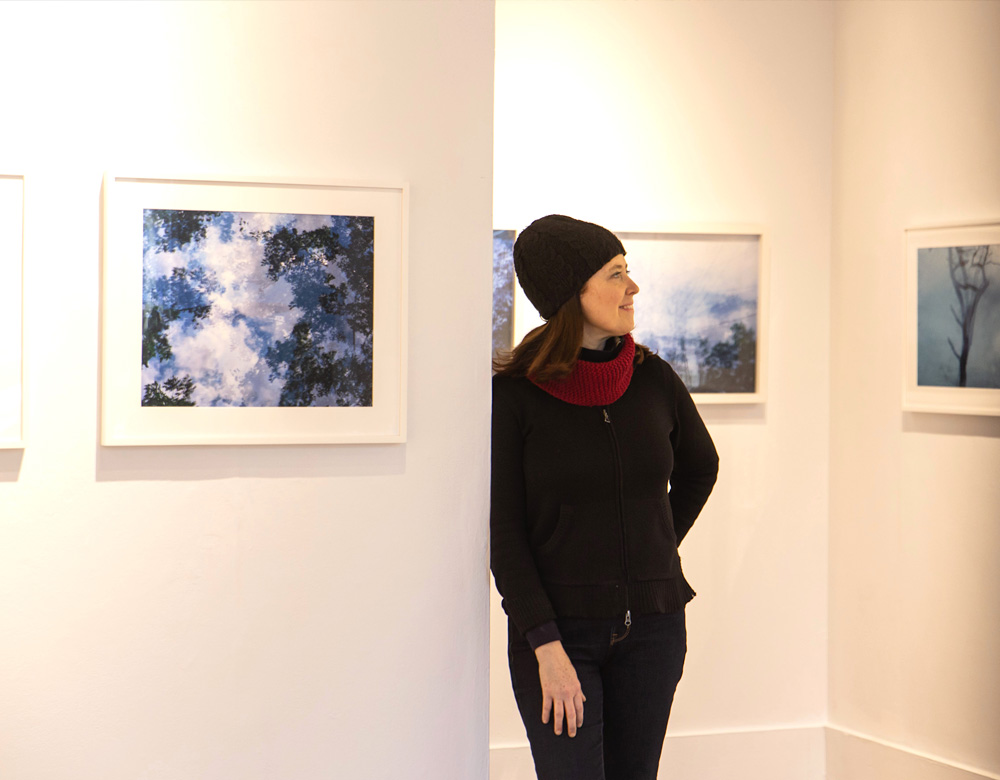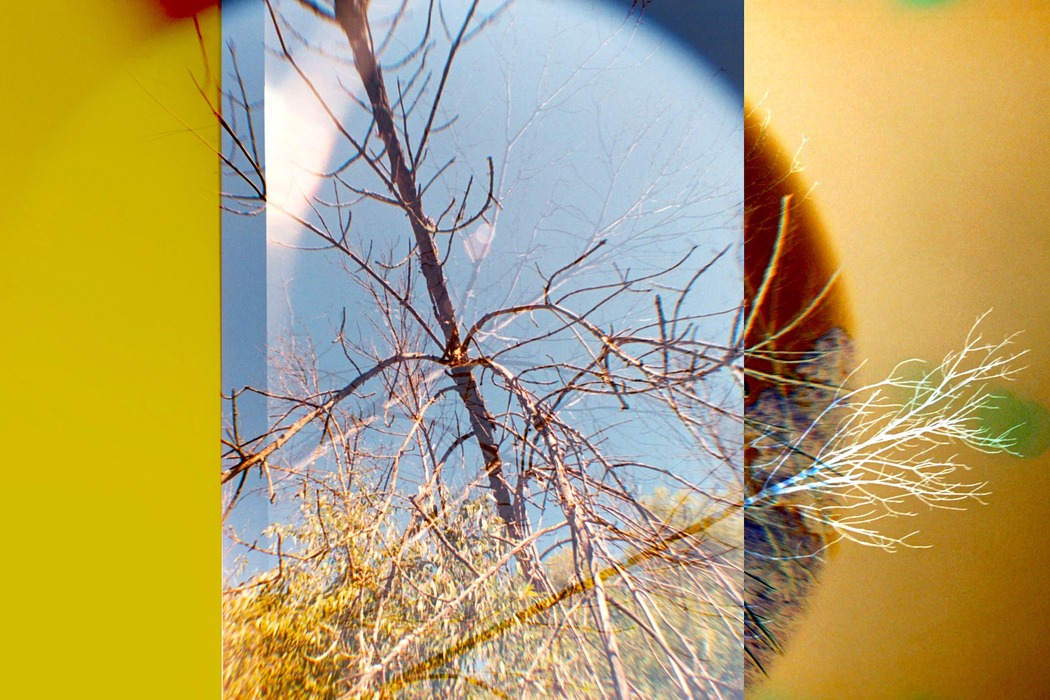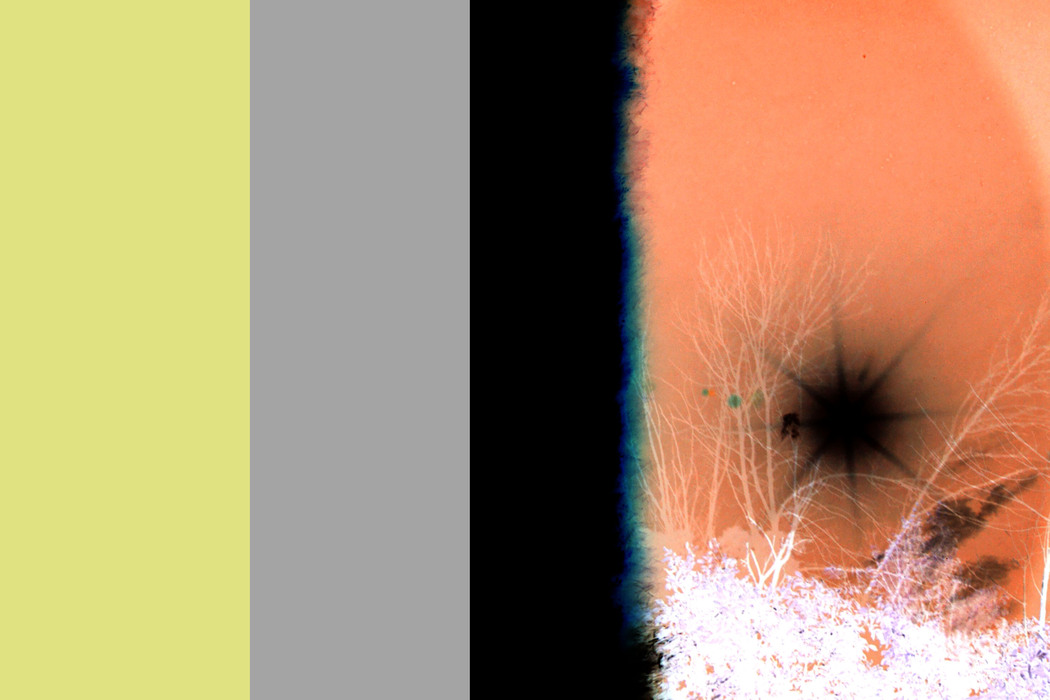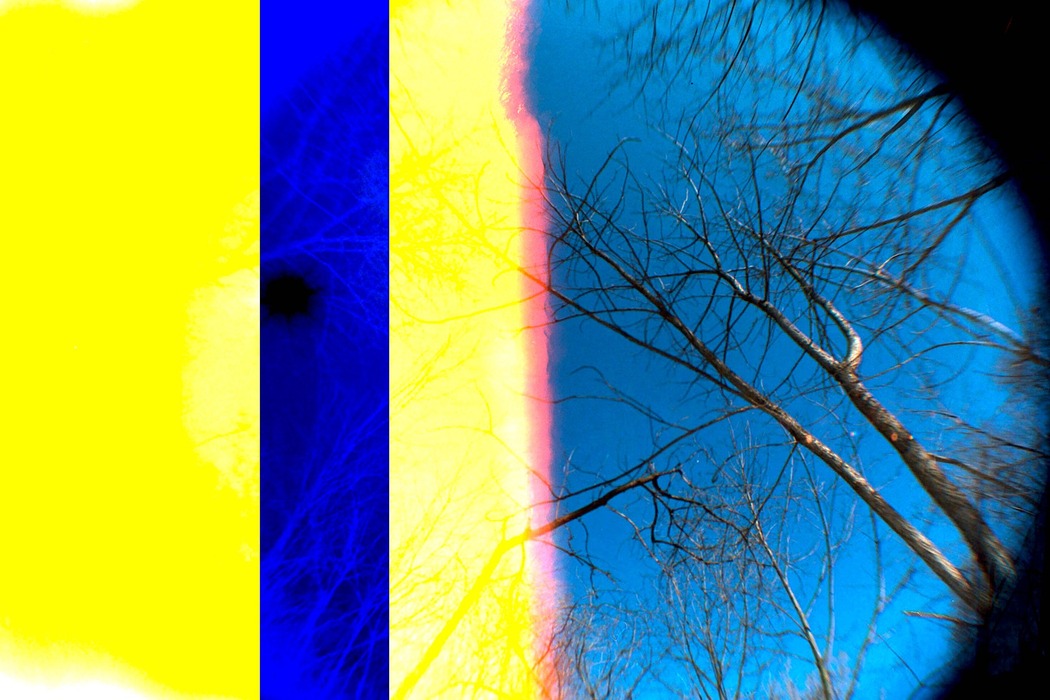Leah Oates
Interview with Leah Oates
Can you share what initially drew you to explore the concept of “transitory spaces”? How did this theme emerge in your artistic practice?
I and everyone lives in a world of change and transition and the landscape is also always changing constantly. My work aims to reflect this flux and change in the photographic image and within human perception and experience. Transitory Space conveys the visual and thematic aims of my work.
Your work often involves multiple exposures to capture the complexities of time and space. What does this technique mean to you in expressing the fleeting nature of these environments?
When I look back on a moment it’s full of impressions and multiple exposures capture this. I make multiple exposures on specific frames in camera which allows me to display a more complete correlation of experiences that a single exposure just misses.
Every moment captured on film is over as soon as the shutter clicks, recording the ephemeral. Yet, in reality, there is always a visual cacophony of experience. We are always living in many realities at once. Multiple exposures express the way we experience the world more accurately.
In “Transitory Space,” you speak about the coexistence of contradictory realities. How do you navigate these contradictions through your photographic process?
A camera can capture an essence of a moment in life but any art media has limits compared to actual life yet art is also a record of life.
Time is layered and not frozen into one single moment. Photography is directly connected to time as the camera shoots in fractions of a second. Time is always slipping and fracturing from the present, past and future. We are often living in all these levels at once. But when we’re not, we experience flow—or an absence of time. Multiple exposures are close to the experience of “flow.” When I look at a moment in time I “feel” more than can be recorded with a simple click of the shutter. I use multiple exposures on film to record a more accurate picture of how we can recall time transpiring.
I sometimes think of my work like x-rays or ghost images of the land under the surface that is unsettled, under threat yet is also so very beautiful, magical and enigmatic and that the colored panels are to show these transitions of feelings, perceptions and of time passing and in the landscape itself moment by moment.
The idea of capturing “visual cacophony” seems central to your work. How do you decide what elements to layer in a single frame?
I edit and play with my negative scans and I know visually when the work is done. There are series of works that are edited and created fast and other times its slower or I pass on working in certain negatives. I’ve been doing this for over thirty years and it’s a visual intuitive process when editing and playing with my negatives.
Urban and natural environments are both present in your series. How do you approach these different settings when capturing images, and what do they symbolize in your work?
I’ve lived in urban areas for most of my life and I seek nature in these city environments as I love both. I don’t see them as being that different really and I approach both urban and natural environments the same which is to try to see them fully in all their beauty, changes and chaos and to attempt to capture the feeling, essence and energy of the place in a photograph.
Your images evoke a sense of both beauty and fragility. How do you balance these qualities in your compositions?
To me both beauty and fragility are strength and love and are in harmony with each other. It takes strength to show fragility and for beauty to keep existing as it’s under constant assault on many fronts from climate change and disaster, war and politics, ignorance and unkindness. Beauty keeps us alive and it’s life sustenance itself and sometimes it’s seen as insubstantial yet it’s the opposite as we can’t live without beauty. I once gave a presentation on being an artist to my son’s class where one of the students asked me why art is important. This began a discussion of what if all the arts just disappeared for a day and everything was just blank and grey. Without beauty and all the arts what a bleak and harsh world we would occupy.
How has your understanding of time and impermanence evolved throughout the “Transitory Space” series?
As I age, I see time as fleeting and impermanence as part of everyday life. I hope to live to a very old age and I aim to capture and understand via photography the landscape I inhabit in all its beauty, chaos, flux, fragility, randomness and its magic and light.





Leave a Reply